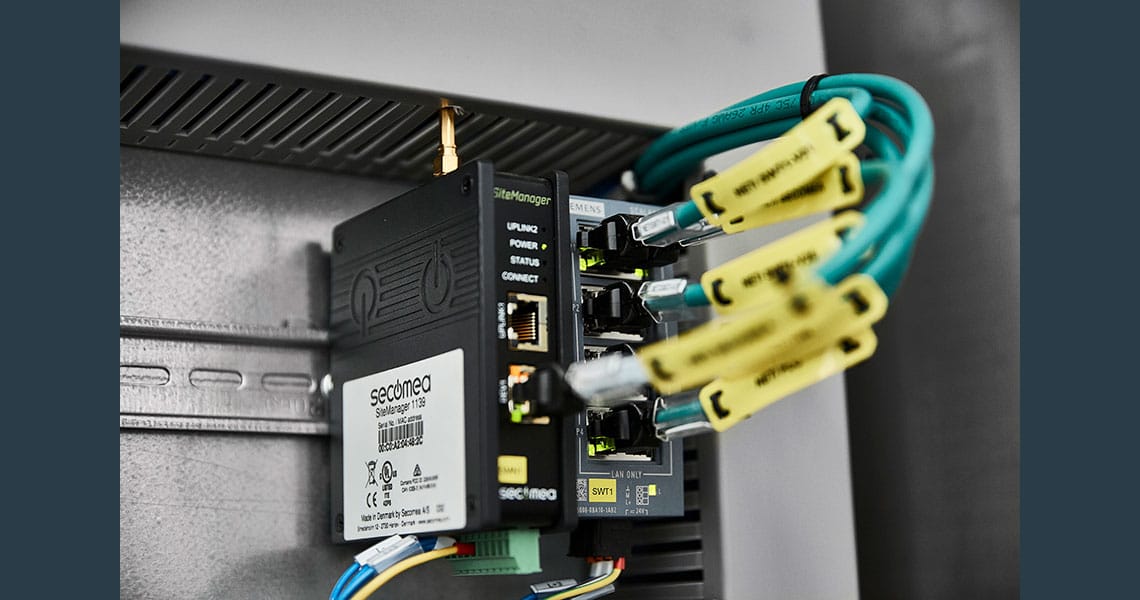Remote Commissioning will Continue after Covid

The Covid-19 pandemic has had huge effects on economies around the world. Businesses have adapted to these challenges in numerous ways, changing working procedures, stockpiling goods and working remotely where possible.
Restrictions on global travel have increased the use of remote working by international businesses: while holding online meetings may be more convenient and better for the environment than flying halfway round the globe for a half-day conference, there are some things that, according to conventional wisdom, can only be carried out successfully in person.
Until recently several stages of production and installation of manufacturing equipment would have fallen firmly into this category. Clients would have travelled to manufacturer’s facilities to carry our Factory Acceptance Testing (FAT) as new projects were begun, and manufacturer’s engineering staff would visit the client to assist with the final installation and commissioning of the finished equipment. Over the last two-years Covid-19 has made many of these trips impossible.
Technology has come to the rescue, with remote metrics and connections to machinery and equipment allowing the equipment manufacturer’s own staff to assist local onsite engineers with the connection, installation and commissioning of new equipment. Over the last two years HRS Heat Exchangers have used such an approach at both national and international levels to assist with the installation of a wide range of equipment
Thanks to remote telemetry, engineers and others can perform virtual inspection of assets and can see virtually what works and what doesn’t, including ‘fault’ finding and identification. These digital solutions help to reduce the number of personnel on site as well as the duration of tests and can be applied to both FAT and final commissioning.
Remote commissioning is becoming one of the most visible aspects of Industry 4.0 and the Internet of Things (IoT). Although each case will be different, there are a number of stages which are common to most remote commissioning processes, including verification that the plant or equipment has been installed in accordance with the plans and piping/instrumentation diagrams. There is also likely to be a pre-commissioning stage which includes systematically checking connections, wiring and human-machine interfaces (HMIs) as well as installing and updating software components, cleaning and flushing equipment, etc.
The actual remote commissioning process will also consist of various steps but is greatly assisted by remote monitoring and telemetry of equipment using either an ethernet connection or an integrated data SIM. This allows system software to be adjusted as necessary while the equipment is operating. Other parameters and physical adjustments can be discussed during online meetings facilitated by conferencing systems and other forms of communication, such as WhatsApp. To date HRS has carried out a number of successful projects have demonstrated the effectiveness of this approach.
Even when additional out-of-hours overtime charges are compared to the costs of travel and accommodation, there are often financial benefits, not to mention to considerable the reduction in carbon emissions and unproductive time spent travelling. These benefits are undoubtedly one of the drivers which will ensure that remote commissioning continues to be carried out in the future whether or not our ability to travel is limited by the Covid-19 pandemic or other unforeseen factors.